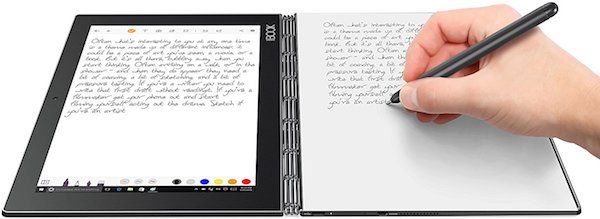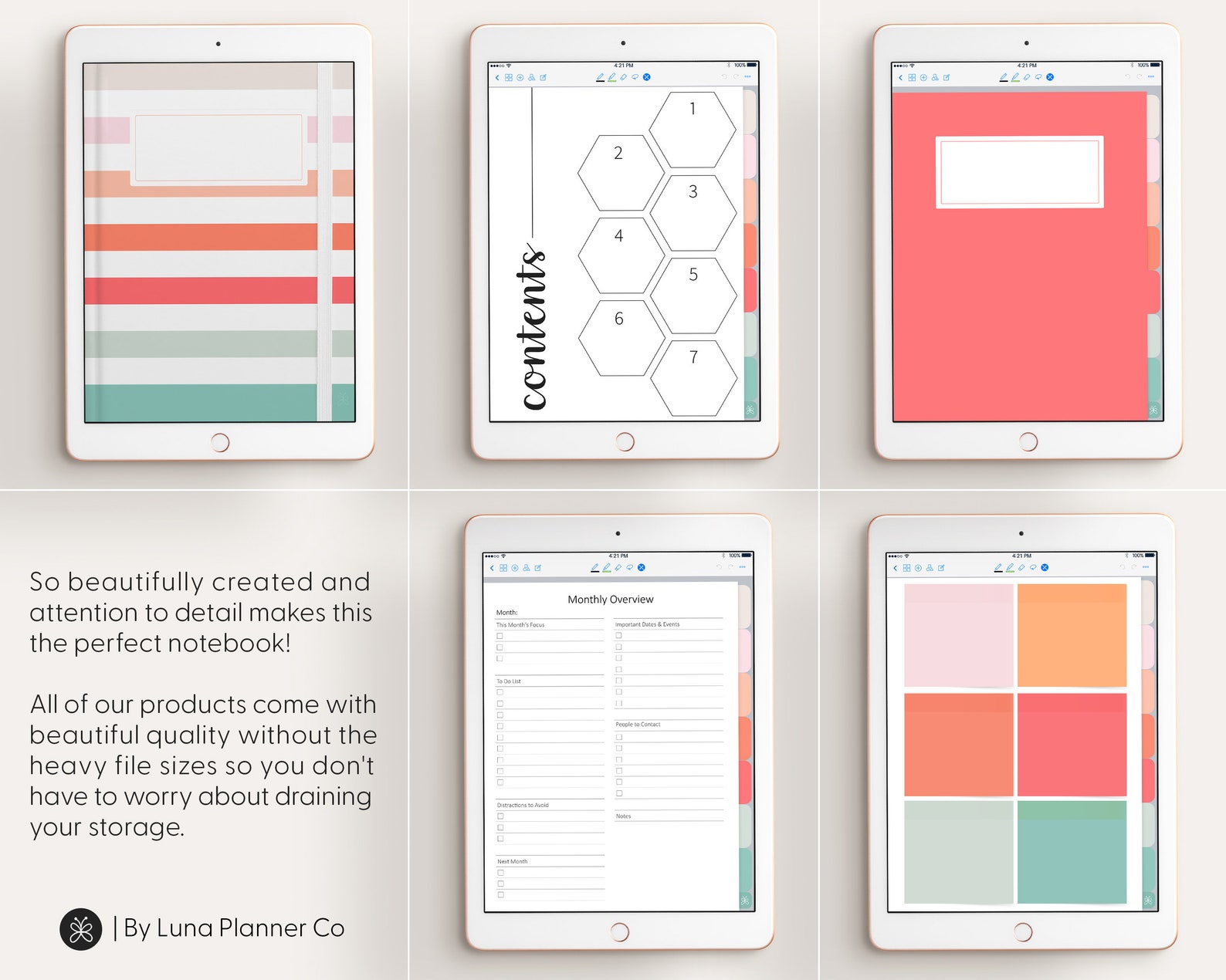

Along the way, your notes are also converted to text. When you’re done, you can wipe it away with a damp microfiber cloth-but before you do that, you can use a mobile app to photograph and upload what you’ve written to the cloud storage solution of your choice. It’s a notebook loaded with reusable paper that you write on with a special Frixion pen, and the writing experience is very paper-like.

The Rocketbook is by no means a consolation prize, despite the fact that it’s not electronic in any way. Want to know more? Forbes Vetted’s Anthony Karcz wrote an in-depth review of the Remarkable 2. If you pay for the optional $8 per month subscription, you can get handwriting recognition as well, which converts your written notes into text. You can create a virtually unlimited number of notebooks with any number of pages, and everything syncs with the cloud in real time. It's a very authentic writing experience. Need to erase something? Just turn the stylus around and lightly rub it, as if you're using an eraser. The screen can register roughly 4,000 levels of writing pressure and you get a different effect depending on whether you're writing straight up or angling the stylus to get a thicker line. And the interface lets you choose from among a variety of writing styles and ink thicknesses. It feels like paper, too, with a great paper-like grittiness.

That means it draws very little power-a single charge is good for weeks-and it looks very much like you're writing on ordinary paper. The magic sauce is that it's an e-ink device, very much like an Amazon Kindle. And most of the notebooks we tested had 7 mm lined ruling (close to college rule), but we note the exceptions below.The Remarkable 2 is currently the gold standard for digital notebooks, and is affordable enough that I feel it's a solid choice for anyone who spends a lot of time jotting down notes. We also mention paper weight or thickness when that spec is important, but most of these high-quality pages are 80 to 90 gsm (grams per square meter) thicker isn’t always better, but all of the paper in our picks felt substantial and satisfying for us to write on. We mention price per page when it’s notable, but our picks average 7¢ per page (at this writing). The more tooth a paper has, the rougher it is generally, toothy paper is great for pencils because charcoal adheres better to paper that isn’t super smooth.

It’s impossible to pick out just one notebook for everybody, because everyone has different preferences when it comes to size, cover material, page ruling, paper feel, and all the other little characteristics that make one notebook stand out from another.Ī few paper terms you’ll see throughout the guide: You can read how we made our picks and tested them if you’d like more detail on what we were looking for or why your favorite didn’t make this list. So we offer you an array of great notebooks from $2 to $20: softcover notebooks with silky-smooth paper and more grippy, “toothier” paper a hardcover notebook with all the bells and whistles a great Moleskine alternative a spiral-bound notebook suitable for students reporter-style notebooks in small and traditional sizes a budget-friendly pocket-size notebook and a stylish, rugged pocket notebook a steno-style spiral notebook that works on anyone’s desk and a disc-bound notebook with pages you can rearrange. Different types of notebooks may serve different purposes, too. It’s impossible to pick out just one notebook for everybody, because everyone has different preferences when it comes to size, cover material, page ruling, paper feel, and all the other little characteristics that make one notebook stand out from another. Any of these notebooks will provide an appreciably better writing experience than what you can get from a generic, off-the-shelf-at-Walgreens notebook. After interviewing experts, researching more than 80 notebooks, and writing zealously in 24 of them side by side over several weeks, we have picks in a number of sizes and styles. Upgrading from a cheap notebook to a high-quality one usually costs just a couple more cents per page (or about $2 to $5 overall), and we think you’re worth it. It can be a source of joy, a covetable item that turns an ordinary, everyday task-note taking, journaling, task planning, brainstorming, or doodling-into a sublime experience. A notebook is more than just a practical tool.


 0 kommentar(er)
0 kommentar(er)
